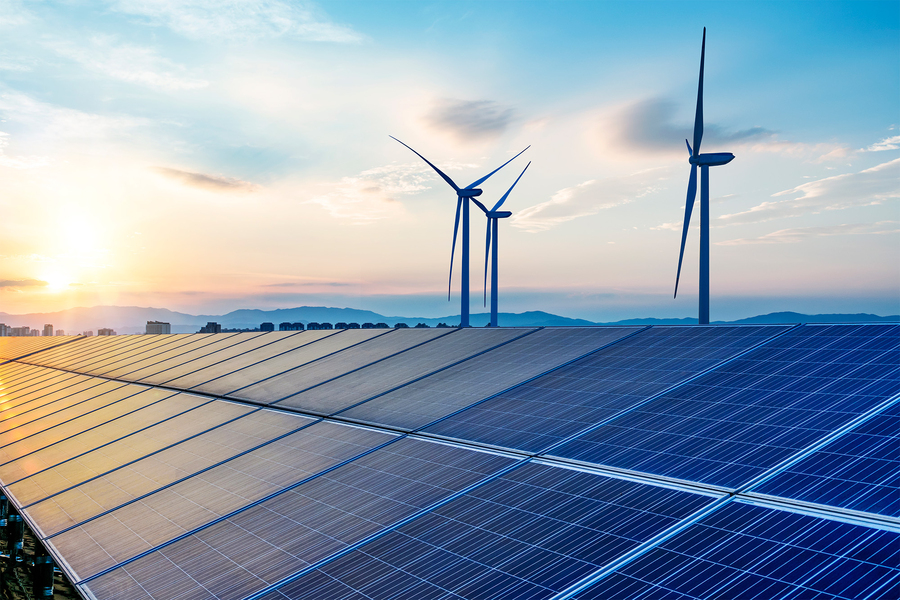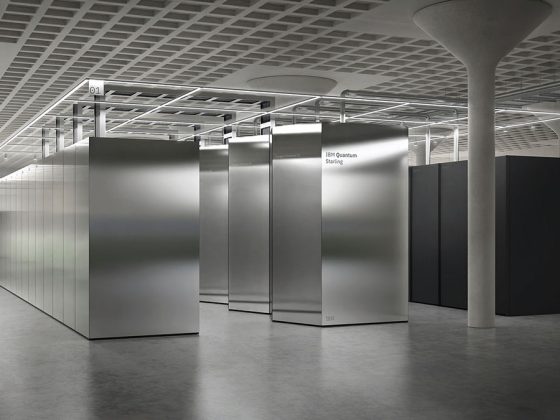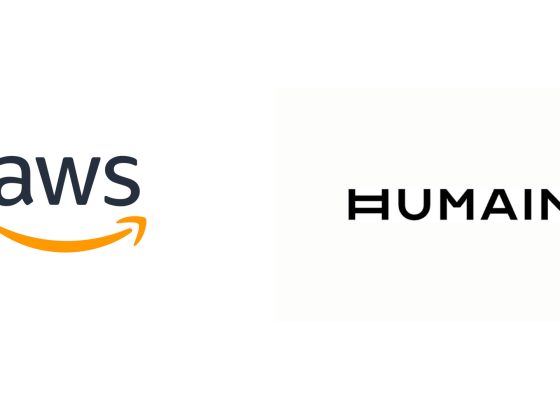The Clean Investment Monitor database, a new collaboration between MIT CEEPR and the Rhodium Group, shows $213 billion in clean technology and infrastructure investments in the last year.
Office of the Vice President for Research
MIT News (https://news.mit.edu/2023/tracking-us-progress-path-decarbonized-economy-0915)

Investments in new technologies and infrastucture that help reduce greenhouse gas emissions — everything from electric vehicles to heat pumps — are growing rapidly in the United States. Now, a new database enables these investments to be comprehensively monitored in real-time, thereby helping to assess the efficacy of policies designed to spur clean investments and address climate change.
The Clean Investment Monitor (CIM), developed by a team at MIT’s Center for Energy and Environmental Policy Research (CEEPR) led by Institute Innovation Fellow Brian Deese and in collaboration with the Rhodium Group, an independent research firm, provides a timely and methodologically consistent tracking of all announced public and private investments in the manufacture and deployment of clean technologies and infrastructure in the U.S. The CIM offers a means of assessing the country’s progress in transitioning to a cleaner economy and reducing greenhouse gas emissions.
In the year from July 1, 2022, to June 30, 2023, data from the CIM show, clean investments nationwide totaled $213 billion. To put that figure in perspective, 18 states in the U.S. have GDPs each lower than $213 billion.
“As clean technology becomes a larger and larger sector in the United States, its growth will have far-reaching implications — for our economy, for our leadership in innovation, and for reducing our greenhouse gas emissions,” says Deese, who served as the director of the White House National Economic Council from January 2021 to February 2023. “The Clean Investment Monitor is a tool designed to help us understand and assess this growth in a real-time, comprehensive way. Our hope is that the CIM will enhance research and improve public policies designed to accelerate the clean energy transition.”
Launched on Sept. 13, the CIM shows that the $213 billion invested over the last year reflects a 37 percent increase from the $155 billion invested in the previous 12-month period. According to CIM data, the fastest growth has been in the manufacturing sector, where investment grew 125 percent year-on-year, particularly in electric vehicle and solar manufacturing.
Beyond manufacturing, the CIM also provides data on investment in clean energy production, such as solar, wind, and nuclear; industrial decarbonization, such as sustainable aviation fuels; and retail investments by households and businesses in technologies like heat pumps and zero-emission vehicles. The CIM’s data goes back to 2018, providing a baseline before the passage of the legislation in 2021 and 2022.
“We’re really excited to bring MIT’s analytical rigor to bear to help develop the Clean Investment Monitor,” says Christopher Knittel, the George P. Shultz Professor of Energy Economics at the MIT Sloan School of Management and CEEPR’s faculty director. “Bolstered by Brian’s keen understanding of the policy world, this tool is poised to become the go-to reference for anyone looking to understand clean investment flows and what drives them.”
In 2021 and 2022, the U.S. federal government enacted a series of new laws that together aimed to catalyze the largest-ever national investment in clean energy technologies and related infrastructure. The Clean Investment Monitor can also be used to track how well the legislation is living up to expectations.
The three pieces of federal legislation — the Infrastructure Investment and Jobs Act, enacted in 2021, and the Inflation Reduction Act (IRA) and the CHIPS and Science Act, both enacted in 2022 — provide grants, loans, loan guarantees, and tax incentives to spur investments in technologies that reduce greenhouse gas emissions.
The effectiveness of the legislation in hastening the U.S. transition to a clean economy will be crucial in determining whether the country reaches its goal of reducing greenhouse gas emissions by 50 percent to 52 percent below 2005 levels in 2030. An analysis earlier this year estimated that the IRA will lead to a 43 percent to 48 percent decline in economywide emissions below 2005 levels by 2035, compared with 27 percent to 35 percent in a reference scenario without the law’s provisions, helping bring the U.S. goal closer in reach.
The Clean Investment Monitor is available at cleaninvestmentmonitor.org (https://www.cleaninvestmentmonitor.org/).
Reprinted with permission of MIT News (http://news.mit.edu/)








